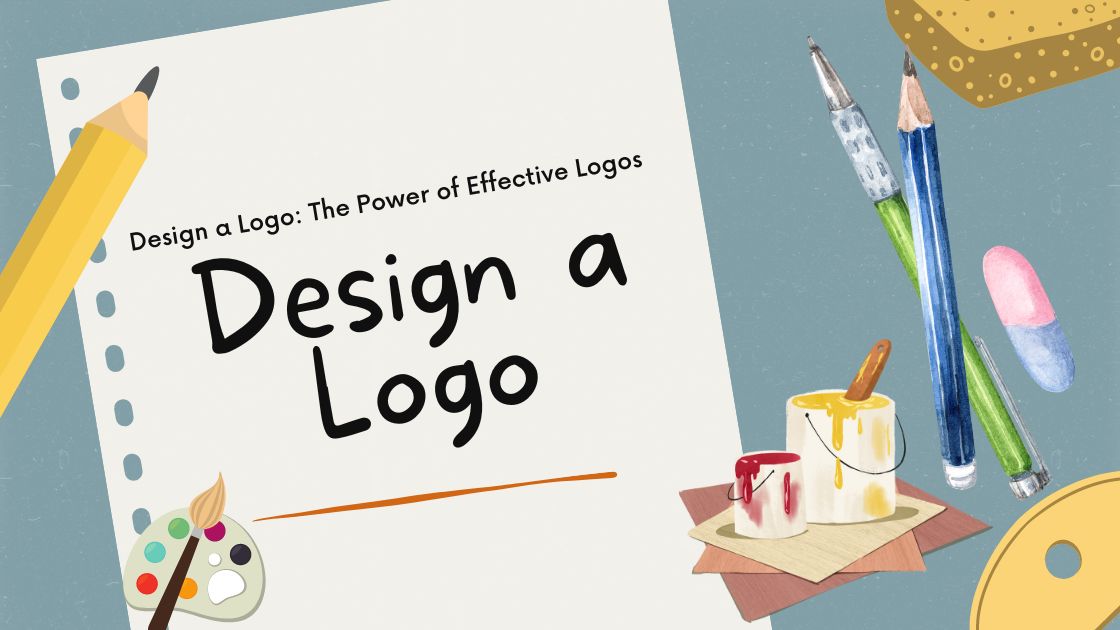In the bustling world of business and branding, where first impressions can make or break a company’s success, the significance of a logo cannot be overstated. A well-crafted logo serves as the visual cornerstone of a brand, encapsulating its essence, values, and identity in a single emblematic symbol. It’s the face of a business, the ambassador of its message, and the beacon that guides customers towards its offerings.
In this age of rapid digitalization and fierce market competition, the power of an effective logo extends far beyond mere aesthetics. It is a strategic tool wielded by businesses to carve out a distinct identity in the minds of consumers, foster brand recognition, and evoke emotions that drive customer engagement and loyalty.
Contents
Why Your Logo is Important
A logo serves as the visual cornerstone of a brand, acting as its identifier across various platforms and mediums. It’s not just a standalone symbol; rather, it’s an integral part of a larger visual identity system that includes colors, typography, and other visual elements. Together, these components create a cohesive brand identity that attracts and retains customers.
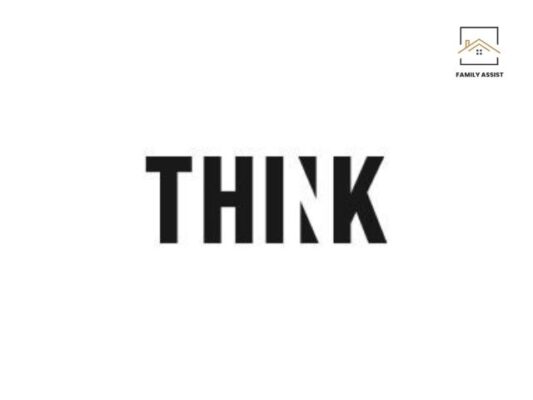
Brand Recognition
Your logo is the face of your brand, making it instantly recognizable to your audience. It’s the visual cue that sparks recall and association with your products, services, or organization.
Visual Branding
A logo is just one element of a comprehensive visual branding strategy. It sets the tone for your brand’s aesthetic and provides a roadmap for consistency across all touchpoints, from business cards to websites.
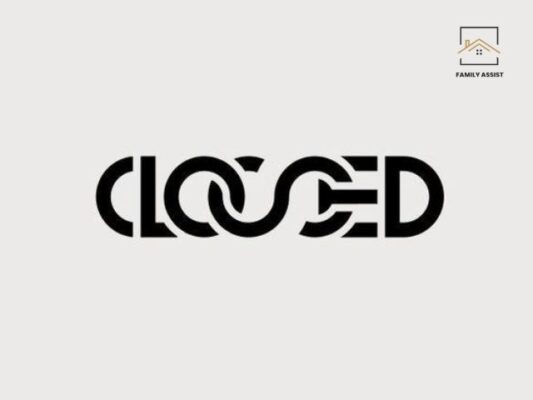
Strategic Design
Designing a logo involves strategic decision-making, starting with understanding your brand’s values, target audience, and competitors. It’s about creating a visual representation that aligns with your brand identity and resonates with your audience.
Now, let’s explore how to design a logo effectively through a structured process divided into phases: Discover, Explore, Design, Refine, and Define. Each phase plays a crucial role in guiding the logo design process, from initial research to final refinement.
How to Design a Logo
Discover
During this phase, delve into the core aspects of your brand, including its values, target audience, competitors, and goals. By answering key questions and developing a creative strategy, you lay the groundwork for the logo design process.
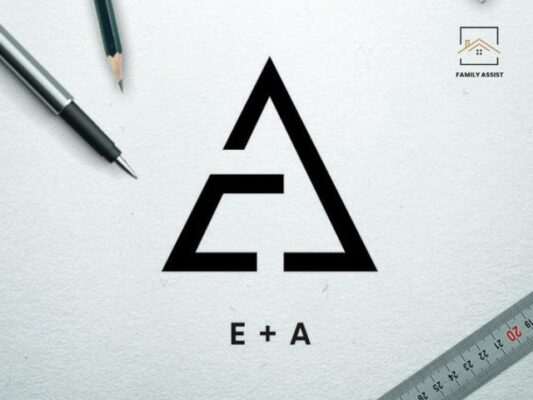
Explore
Explore design principles, color theory, suitable fonts, and industry trends to gather inspiration and insights. Analyze competitors’ branding and immerse yourself in design communities to identify potential directions for your logo.

Design
Using the insights gained from the discovery and exploration phases, begin generating logo concepts. Experiment with sketches and vector graphic design software to translate your ideas into visual representations.
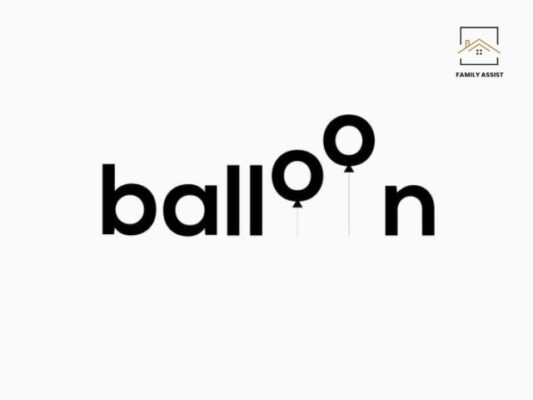
In the subsequent phases, Refine and Define, you’ll iterate on your designs, gather feedback, and finalize the logo, ensuring it aligns with your brand’s vision and resonates with your audience.
By understanding the importance of your logo and following a structured design process, you can create a compelling visual identity that strengthens your brand and leaves a lasting impression on your customers.
Conclusion
In this exploration of logo design, we delve into the fundamental principles, creative strategies, and practical considerations that underpin the creation of compelling logos. From defining brand identity to selecting color schemes, typography, and visual elements, each step in the logo design process plays a crucial role in shaping the brand’s perception and leaving a lasting impression on its audience.
In this exploration of logo design, we delve into the fundamental principles, creative strategies, and practical considerations that underpin the creation of compelling logos. From defining brand identity to selecting color schemes, typography, and visual elements, each step in the logo design process plays a crucial role in shaping the brand’s perception and leaving a lasting impression on its audience.
Related Post
Top 15 Dreamy Fonts for Wedding Invitations
12 Handwriting Fonts Sleek and Stylish
Easy Tips To Improve Drawing For You

